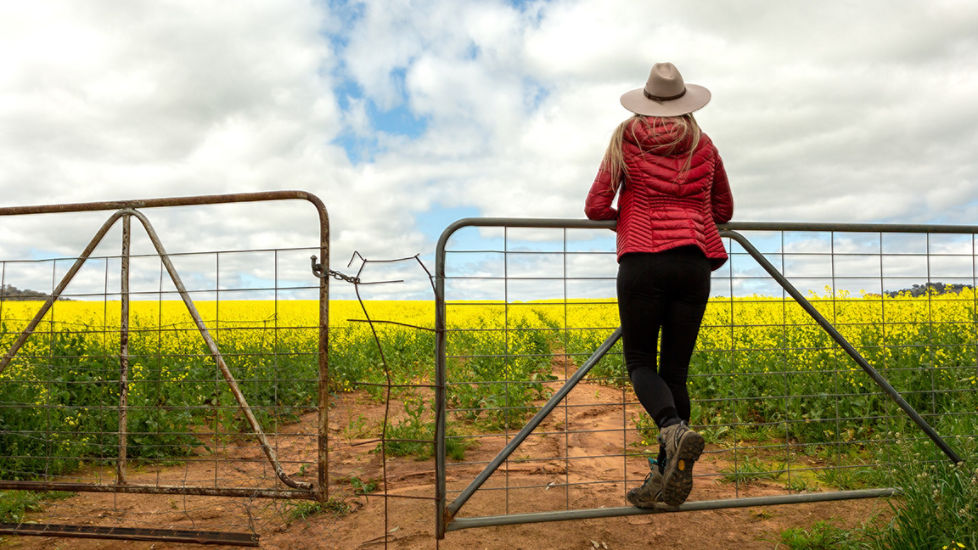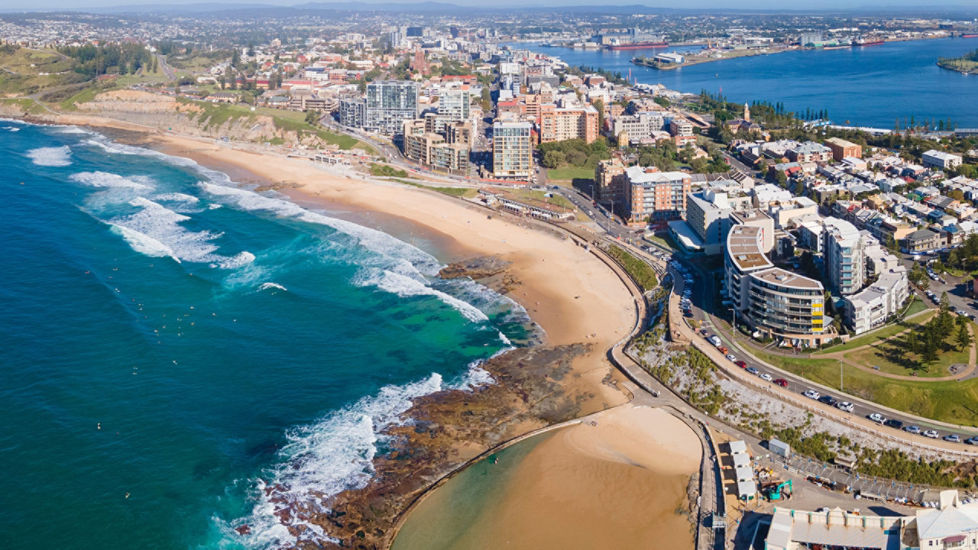Never count your chickens…
Until a few months ago, the RBA was sitting pretty. It looked like they had achieved their goal of delivering a ‘soft landing’. Growth was improving, thanks to a more confident consumer and rising house prices. The tight labour market was moving back into balance and wages growth was easing; all without a sharp rise in unemployment. And trimmed mean inflation was back in the target band and forecast to land at 2.6%, even assuming two or three more interest rate cuts in this cycle.
Today, the picture looks far more complicated. Inflation surprised us all in the September quarter (chart 1). The trimmed mean CPI jumped by 1.0% in the quarter (here). Unemployment spiked to 4.5% in September, but then quickly backtracked to 4.3%, with a strong 42.2K new jobs created in October. And house prices have accelerated more rapidly than expected, led by surging investor demand and support for first home buyers.















